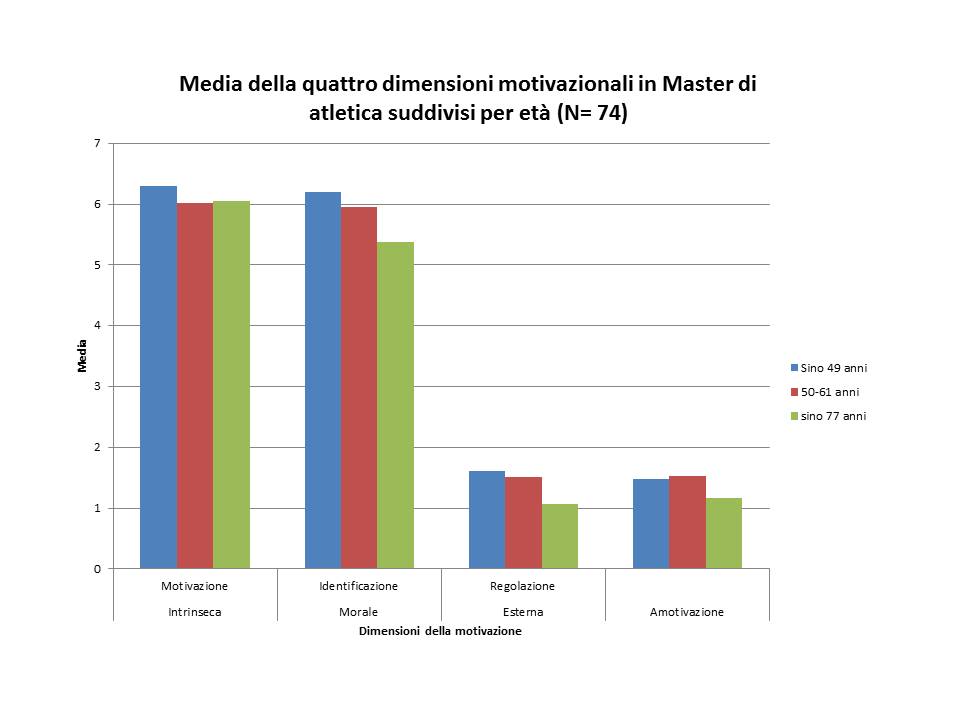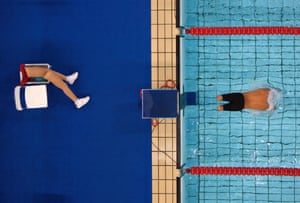Physical inactivity – a global pandemic that requires global action.A world-first study has revealed that in 2013, physical inactivity cost INT $67.5 billion globally in healthcare expenditure and lost productivity, revealing the enormous economic burden of an increasingly sedentary world.
The study, published today in The Lancet, was led by Dr Melody Ding from University of Sydney, leader of the current Lancet physical activity series.
This study provides the first-ever global estimate of the financial cost of physical inactivity by examining the direct health-care cost, productivity losses, and disability-adjusted life years (DALYs) for five major non-communicable diseases attributable to inactivity: coronary heart disease, stroke, type 2 diabetes, breast cancer and colon cancer.
Based on data from 142 countries, representing 93.2 per cent of the world’s population, the researchers conservatively estimated that in 2013 the effect of physical inactivity on these diseases and all-cause mortality cost the world economy more than INT$67.5 billion.
“Physical inactivity is recognized as a global pandemic that not only leads to diseases and early deaths, but imposes a major burden to the economy,” said lead author Dr Melody Ding, Senior Research Fellow from the University’s School of Public Health.
“Based on our data, physical inactivity costs the global economy INT67.8 billion in 2013, with Australia footing a bill of more than AUD $805 million. At a global and individual country level these figures are likely to be an underestimate of the real cost, because of the conservative methodologies used by the team and lack of data in many countries.”
Counting the cost of global of inactivity: 2013 (International dollars)
$67.5bn: Total costs, including $53.8bn in direct cost (healthcare expenditure) and 13.7bn in indirect costs (productivity losses)
$31.2bn: Total loss in tax revenue through public healthcare expenditure
$12.9bn: Total amount in private sector pays for physical inactivity-related diseases (e.g. health insurance companies)
$9.7bn: Total amount households paid out-of-pocket for physical inactivity-related diseases
(Source: University of Sydney)









